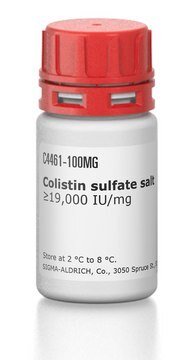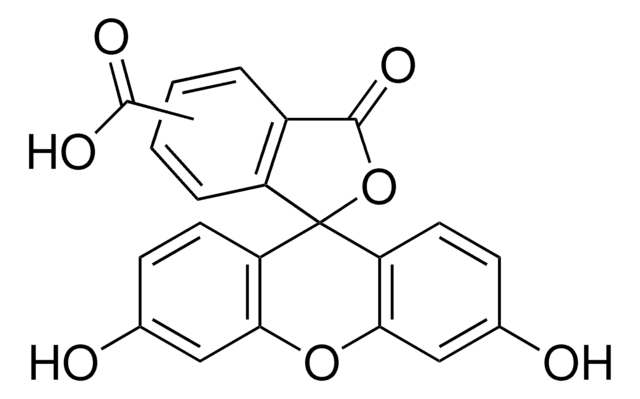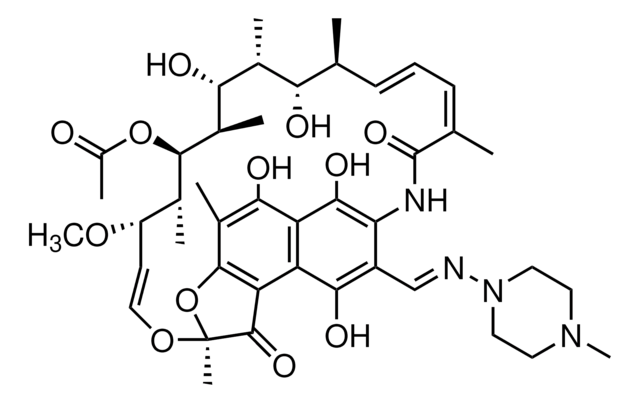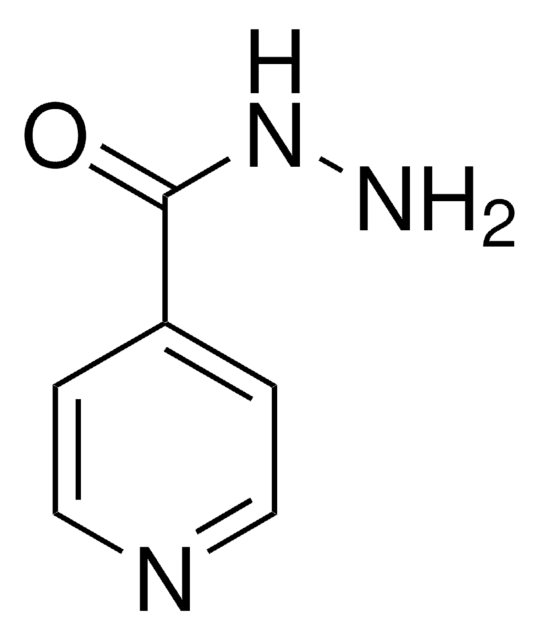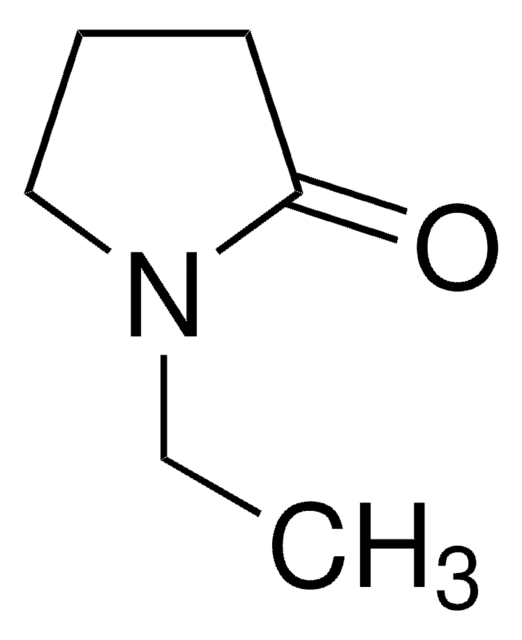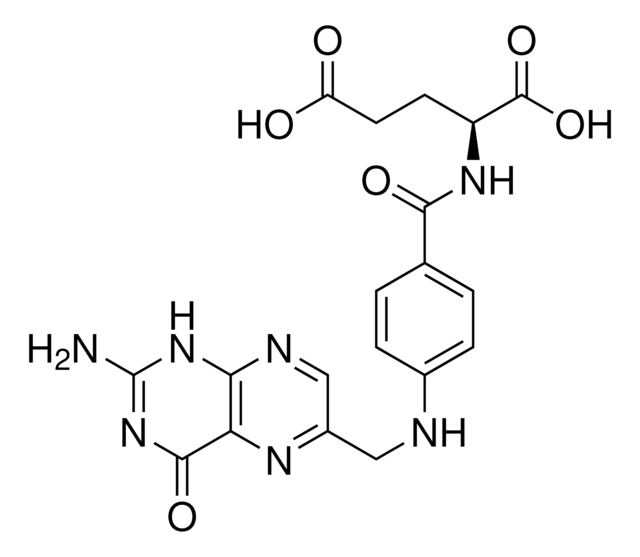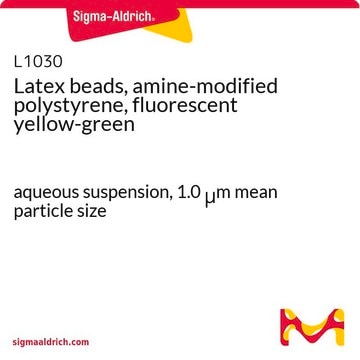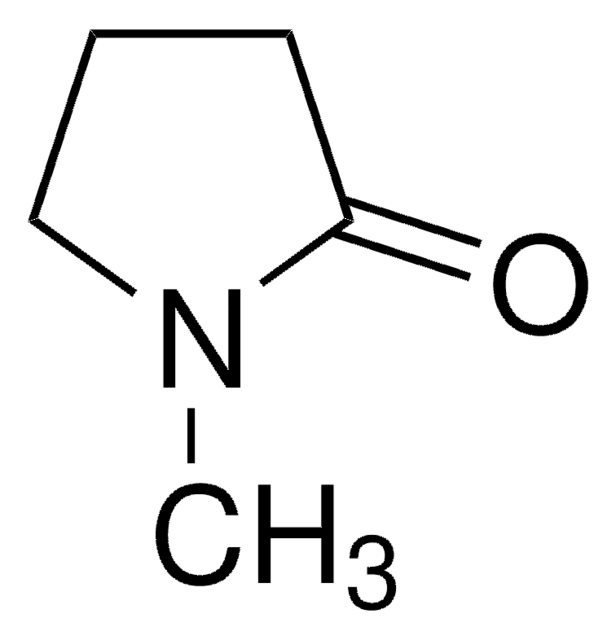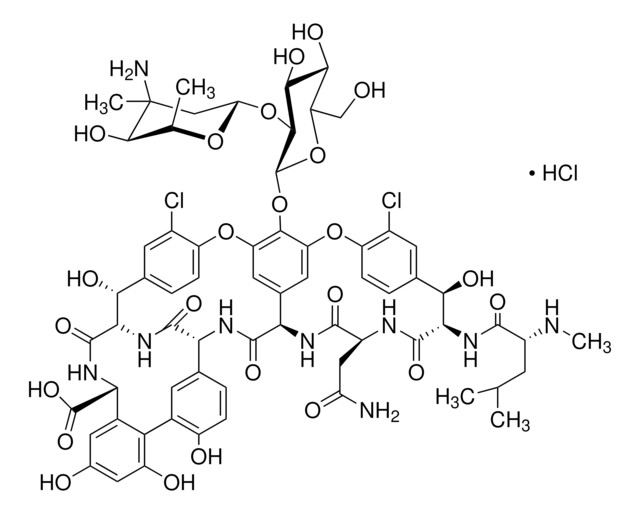General description
We are committed to bringing you greener alternative products, which adhere to one or more of The 12 Principles of Green Chemistry.This antibody is Preservative-free, produced without the harm or sacrifice of animals and exceptionally stable to allow for ambient shipping and storage if needed and thus aligns with "Waste Prevention", "Designing Safer Chemicals" and "Design for Energy Efficiency".
Click here for more information.
ZooMAb® antibodies represent an entirely new generation of recombinant monoclonal antibodies. Each ZooMAb® antibody is manufactured using our proprietary recombinant expression system, purified to homogeneity, and precisely dispensed to produce robust and highly reproducible lot-to-lot consistency. Only top-performing clones are released for use by researchers. Each antibody is validated for high specificity and affinity across multiple applications, including its most commonly used application. ZooMAb® antibodies are reliably available and ready to ship when you need them.
Specificity
Clone F2-27 is a ZooMAb® mouse recombinant monoclonal antibody that specifically detects Ephrin type-A receptor 2 (EphA2).
Immunogen
KP-2, KP-3, SUIT-2, and MIAPaCa-2 cells.
Application
Quality Control Testing
Evaluated by Western Blotting in A549 cell lysate.
Western Blotting Analysis: A 1:10,000 dilution of this antibody detected EphA2 in A549 cell lysate.
Tested Applications
Immunocytochemistry Analysis: A 1:1,000 dilution from a representative lot detected EphA2 in PC-3 cells.
Flow Cytometry Analysis: 0.1 µg from a representative lot detected EphA2 in one million PC3 cells.
Enzyme Immunoassay (ELISA) Analysis: A serial of dilutions from a representative lot detected recombinant Human EphA2 protein..
Note: Actual optimal working dilutions must be determined by end user as specimens, and experimental conditions may vary with the end user.
Target description
Ephrin type-A receptor 2 (UniProt: P29317; also known as EC: 2.7.10.1, Epithelial cell kinase, Tyrosine-protein kinase receptor ECK) is encoded by the EPHA2 (also known as ECK) gene (Gene ID: 1969) in human. Ephrin type-A receptor 2 (EphA2) is a homodimeric single-pass type I membrane protein that is synthesized with a signal peptide (aa 1-23), which is subsequently cleaved off to produce the mature form that contains an extracellular domain (aa 24-537), a short transmembrane domain (aa 538-558), and a cytoplasmic domain (aa 559-976). It is expressed in brain and glioma tissue and in glioma cell lines. It is also highly expressed in tissues that contain a high proportion of epithelial cells. Its levels are up-regulated by UV irradiation via a TP53-independent, MAPK-dependent mechanism. EphA2 serves as a receptor tyrosine kinase that binds promiscuously membrane-bound ephrin-A family ligands residing on adjacent cells, leading to contact-dependent bidirectional signaling into neighboring cells. It is involved in the regulation of migration, integrin-mediated adhesion, and in proliferation and differentiation of cells. EphA2 is phosphorylated on tyrosine residues upon binding and activation by EFNA1. Phosphorylation on tyrosine 588 and 594 is reported to be essential for binding VAV2 and VAV3 while phosphorylation on Tyr 735 and Tyr 930 are required for binding PI3-kinase p85 subunit. Overexpression of EphA2 is reported in murine models of skin tumors. Inflammatory cytokines are reported to promote RSK-dependent phosphorylation of EphA2 at serine 897 and this RSK-EphA2 AXIS might contribute to cell motility and promote tumor malignant progression. Two isoforms of Ephrin type-A receptor 2 have been described that are produced by alternative splicing. This ZooMAb® recombinant monoclonal antibody, generated by our propriety technology, offers significantly enhanced specificity, Affinity™, reproducibility, and stability over conventional monoclonals. (Ref.: Zhou, Y., et al. (2015). Nat. Commun. 6; 7679; Guo, H., et al. (2006). Cancer Res. 66(14); 7050-7058).
Physical form
Purified recombinant mouse monoclonal antibody IgG, lyophilized in PBS, 5% Trehalose, normal appearance a coarse or translucent resin. The PBS/trehalose components in the ZooMAb formulation can have the appearance of a semi-solid (bead like gel) after lyophilization. This is a normal phenomenon. Please follow the recommended reconstitution procedure in the data sheet to dissolve the semi-solid, bead-like, gel-appearing material. The resulting antibody solution is completely stable and functional as proven by full functional testing. Contains no biocide or preservatives, such as azide, or any animal by-products. Larger pack sizes provided as multiples of 25 µL.
Reconstitution
300 µg/mL after reconstitution at 25 µL per vial. Please refer to guidance on suggested starting dilutions and/or titers per application and sample type.
Storage and Stability
Recommend storage of lyophilized product at 2-8°C; Before reconstitution, micro-centrifuge vials briefly to spin down material to bottom of the vial; Reconstitute each vial by adding 25 µL of filtered lab grade water or PBS; Reconstituted antibodies can be stored at 2-8°C, or -20°C for long term storage. Avoid repeated freeze-thaws.
Other Notes
Concentration: Please refer to the Certificate of Analysis for the lot-specific concentration.
Legal Information
Affinity is a trademark of Mine Safety Appliances Co.
ZooMAb is a registered trademark of Merck KGaA, Darmstadt, Germany
Disclaimer
Unless otherwise stated in our catalog or other company documentation accompanying the product(s), our products are intended for research use only and are not to be used for any other purpose, which includes but is not limited to, unauthorized commercial uses, in vitro diagnostic uses, ex vivo or in vivo therapeutic uses or any type of consumption or application to humans or animals.

